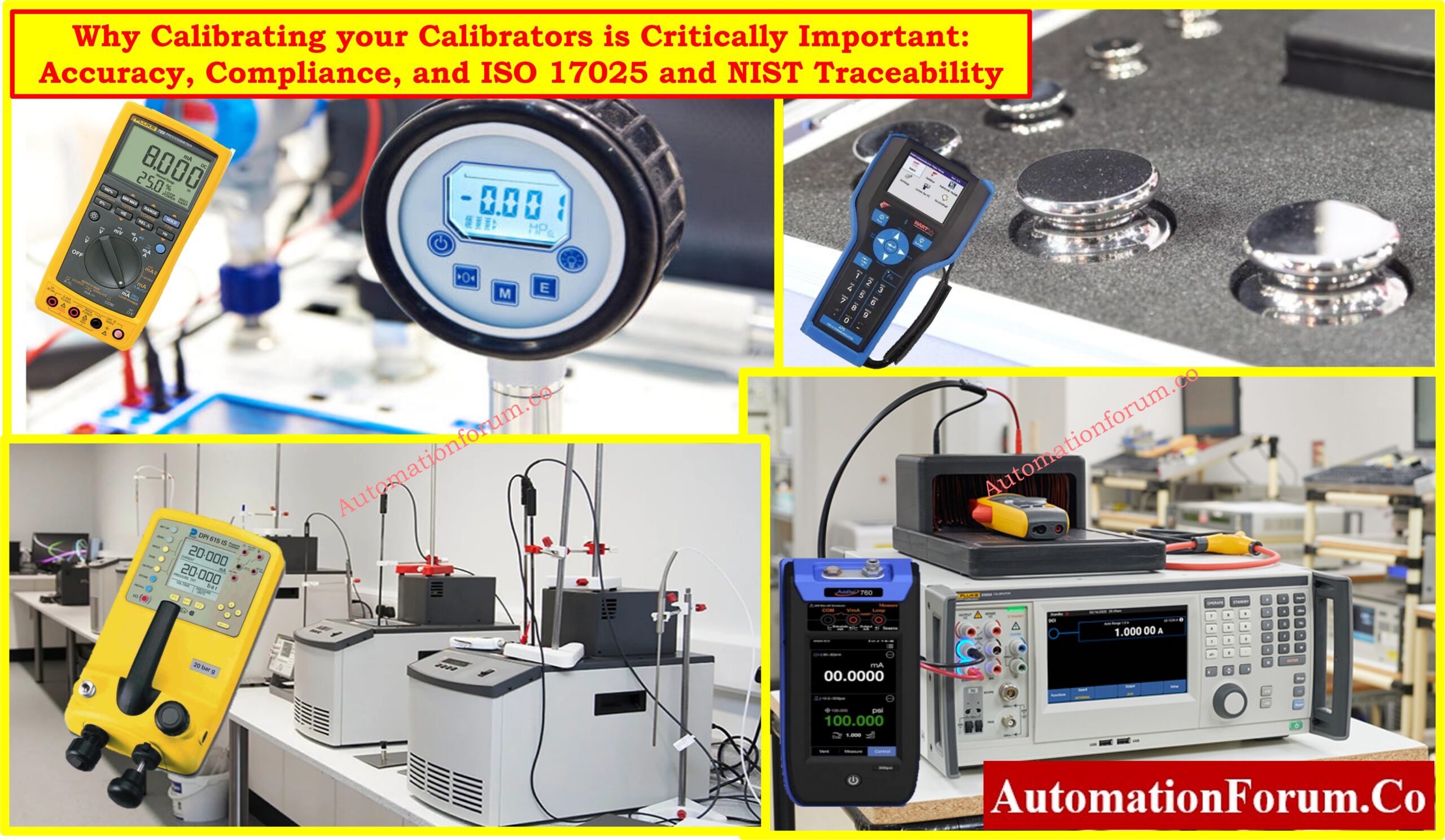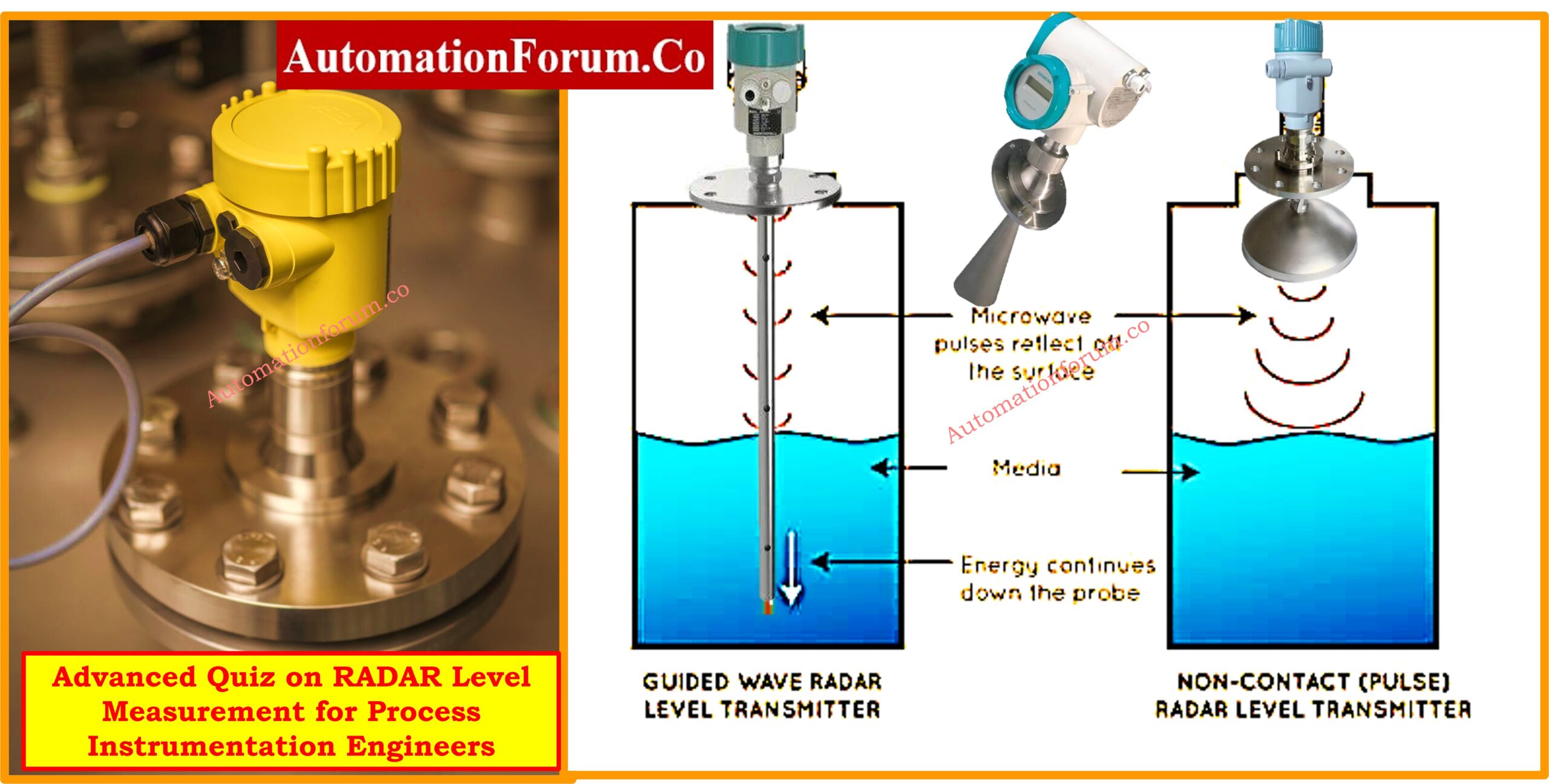A Resistance Temperature Detector (RTD) is a precision sensor designed to track temperature depending on the expected change in electrical resistance of a metal. Because of the combination of sensitivity, accuracy, and cost, the PT500 RTD is often employed among the several RTD models in laboratory and industrial environments.
Appropriate for uses requiring more resolution than a PT100 but without the higher resistance levels of a PT1000, the PT500 RTD has a nominal resistance of 500 ohms at 0°C.
By means of a simple linear approximation formula, this calculator converts the observed resistance of a PT500 RTD into the related process temperature. In instrumentation systems, it is especially helpful for commissioning, calibration, and diagnosis tasks.
This calculator is made to enable engineers and field workers enter a measured resistance value and obtain the related process temperature for a PT500 RTD.
Use it during:
- Field calibration and loop checks
- Temperature signal validation for analog inputs
- Sensor troubleshooting and diagnostics
Who Uses PT500 RTD Calculator Calculator
Professionals and students handling temperature instrumentation in different situations should use this calculator:
- It is applied in DCS/PLC configuration and temperature loop verification by instrumentation and control professionals.
- Calibration experts depend on it to verify sensor performance in field tests and bench trials.
- It is applied by maintenance crews and process engineers looking for flaws in temperature-regulated systems.
- It is used by system integrators on automation systems for setting analog input scaling limits.
- Using it in academic labs and training courses, students and technical trainers learn RTD operation and linear resistance-temperature correlation.
Benefits of the PT500 RTD Calculator
From a known RTD resistance value, this calculator offers a fast, useful approach for approximating the process temperature. Main advantages of it consist in:
- Rapid estimation of temperature during loop testing, even without advanced software.
- Before or after installation, helps guarantee temperature sensors are operating as they should.
- clarifies for training and instructional usage the linear behavior of RTDs.
- Applied as a cross-checks tool in control systems’ RTD setup.
- During process equipment commissioning or troubleshooting saves time and effort.
PT500 RTD: Temperature Calculation Formula

A linear approximation is applied for quick computations requiring simplicity. Commonly used formula to project temperature from RTD resistance:
Where:
- T = Calculated process temperature in degrees Celsius
- RT= Measured resistance of the RTD (in ohms)
- Rref = Reference resistance of the RTD at reference temperature (500 ohms at 0°C for PT500)
- ? = Temperature coefficient of resistance (commonly 0.00385 for platinum RTDs)
- Tref = Reference temperature, typically 0°C
This formula makes a reasonable approximation across a moderate temperature range by assuming a nearly linear response of resistance with temperature.
Example Calculation for a PT500 RTD
Let’s take a practical example:
- Rref=500??
- Tref =0?C
- ?=0.00385
- Measured RTD resistance, RT=557.875??
Substitute into the formula:
T=0+{(557.875?500)/(0.00385×500)}
T=57.875/1.925 =30?C
From a PT500 RTD, the projected process temperature is around 30°C for a measured resistance of 557.875 ohm.
Considerations and Limitations
Although this linear approximation is handy and appropriate for certain temperature ranges, there are still significant technical issues to consider:
- Lead wire resistance is not included in the formula, hence small mistakes in 2-wire RTD systems could result.
- At either end of the RTD’s temperature spectrum, the linear model loses accuracy.
- Instead for high-accuracy industrial uses, a multi-point calibration curve or the Callendar–Van Dusen equation should be applied.
- If operating in controlled surroundings, always check calculations against product requirements.
PT500 RTD Resistance vs. Temperature Table (? = 0.00385, IEC 60751 Standard)
| Temperature (°C) | Resistance (?) |
| -50 | 404.25 |
| -40 | 423.50 |
| -30 | 442.75 |
| -20 | 462.00 |
| -10 | 481.25 |
| 0 | 500.00 |
| 10 | 519.25 |
| 20 | 538.50 |
| 30 | 557.75 |
| 40 | 577.00 |
| 50 | 596.25 |
| 60 | 615.50 |
| 70 | 634.75 |
| 80 | 654.00 |
| 90 | 673.25 |
| 100 | 692.50 |
| 150 | 788.75 |
| 200 | 885.00 |
| 250 | 981.25 |
| 300 | 1077.50 |
| 350 | 1173.75 |
| 400 | 1270.00 |
Notes:
- These values are based on the standard temperature coefficient ? = 0.00385/°C.
- Applicable for Class B RTDs per IEC 60751.
- Slight deviations may occur in actual readings due to wire resistance, tolerance class, or sensor type (2-wire, 3-wire, 4-wire).
Related Tools and Calculators
Refer the below link for Collection of Temperature Measurement Calculators
For more tools on signal scaling, transmitter span calculation, temperature compensation, and more, explore the full collection of instrumentation calculators: 200+ online instrumentation calculators
What is a PT500 Temperature Sensor?
Often found in both laboratory and industrial environments, a PT500 is a type of Resistance Temperature Detector (RTD). Accurate, repeatable, and long-term stable, the PT500 operates at 0°C using a platinum sensing element with a nominal resistance of 500 ohms.
What is the Difference Between PT100 and PT500?
Their nominal resistance values at 0°C define their fundamental difference:
- PT100 = 100 ohms
- PT500 = 500 ohms
- PT1000 = 1000 ohms
All three present great accuracy and stability and use high-purity platinum. Their sensitivity, fit with instruments, and noise immunity, however, depend on their various resistance levels. PT500 achieves the broad compatibility of PT100 and the signal strength of PT1000 in balance.
What is the Measuring Range of a PT500 Sensor?
IEC 751 / EN 60751 criteria state that PT500 RTDs categorized under accuracy class B usually support a temperature measuring range from -50°C to +400°C, so fitting for a wide range of industrial temperature monitoring uses.
What Does PT500 Mean?
The “PT500” label describes the resistance and structure of the sensor:
Platinum is the substance utilized in the sensing element; “Pt” stands for that.
“500” denotes 500 ohms of resistance of the sensor at 0°C.
Though less prevalent than PT100 or PT1000, PT500 sensors are prized in systems needing intermediate resistance for enhanced resolution and low signal interference.
RTD (Resistance Temperature Detector) Advanced Quiz
Refer the below link to test your knowledge on RTD (Resistance Temperature Detector)





